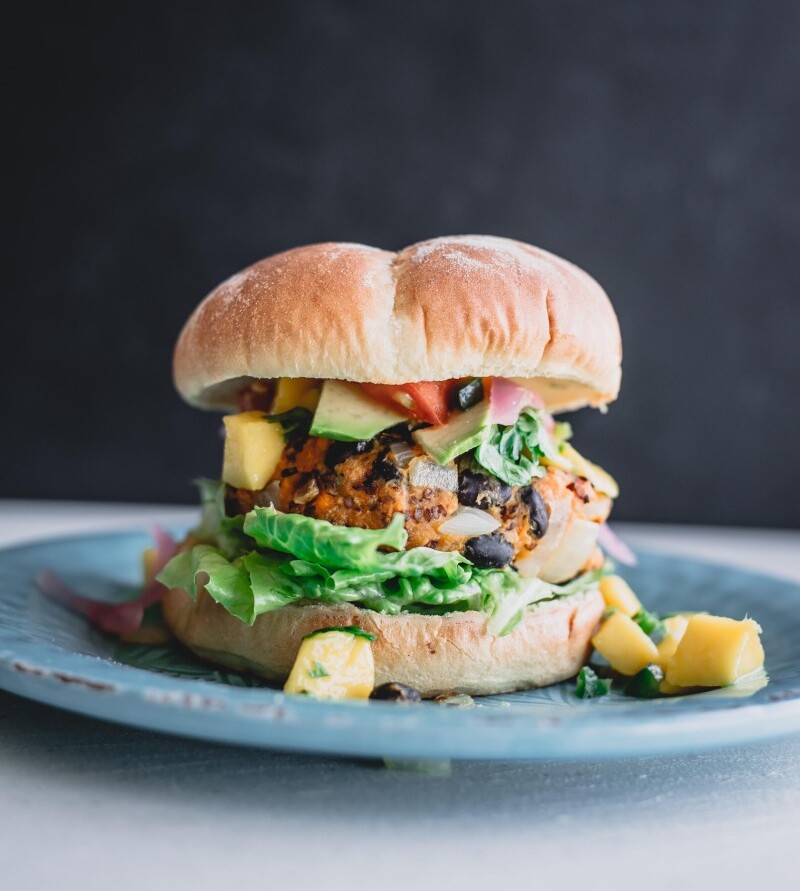In a first-of-its-kind study by the Boston Consulting Group (BCG) and Blue Horizon, we show that every tenth portion of meat, eggs, dairy, and seafood eaten around the globe will be made from alternative proteins by 2035!
The market for alternative products is set to reach at least $290 billion by 2035, as consumers drive unparalleled growth in plant-, microorganism-, and animal-cell-based alternatives.
The report, titled Food for Thought: The Protein Transformation, reveals that the market for alternative proteins will grow from the current 13 million metric tons a year to 97 million metric tons by 2035, when it will make up 11% of the overall protein market in our base case scenario. Faster technological innovation and full regulatory support could speed growth to 22% of the market by 2035. At that rate, Europe and North America would reach “peak meat” by 2025, and the consumption of animal protein there would actually begin to decline.
While the environmental and food security benefits are encouraging, the key to consumer acceptance is parity. Alternative proteins must taste and feel as good as the conventional foods they replace and cost either the same or less. According to our research, this will happen in three stages, with dates varying to some degree depending on the source of alternative proteins and the products they aim to replace:
- Plant-based alternatives such as burgers, dairy, and egg substitutes made from soy, pea, and other proteins will achieve parity in 2023, if not sooner.
- Alternative proteins made from microorganisms like fungi, yeasts, and single-celled algae will reach parity by 2025.
- Alternatives grown directly from animal cells will reach parity by 2032.
Investors, too, have much to gain from the protein transformation, which presents a prime environmental, social, and corporate governance (ESG) opportunity. Significant amounts of capital—in the hundreds of billions—will be needed to perfect alternative-protein technologies and scale them up to industrial levels.
“The alternative protein arena is wide open, and progress is happening fast. There is a real opportunity here for investors to make their moves early and become integral players in the future of food. But to successfully navigate the industry, they must hone their technological knowledge and ensure they’re one step ahead of potential disruptions,” said Blue Horizon CEO, Björn Witte.
Author: Blue Horizon
